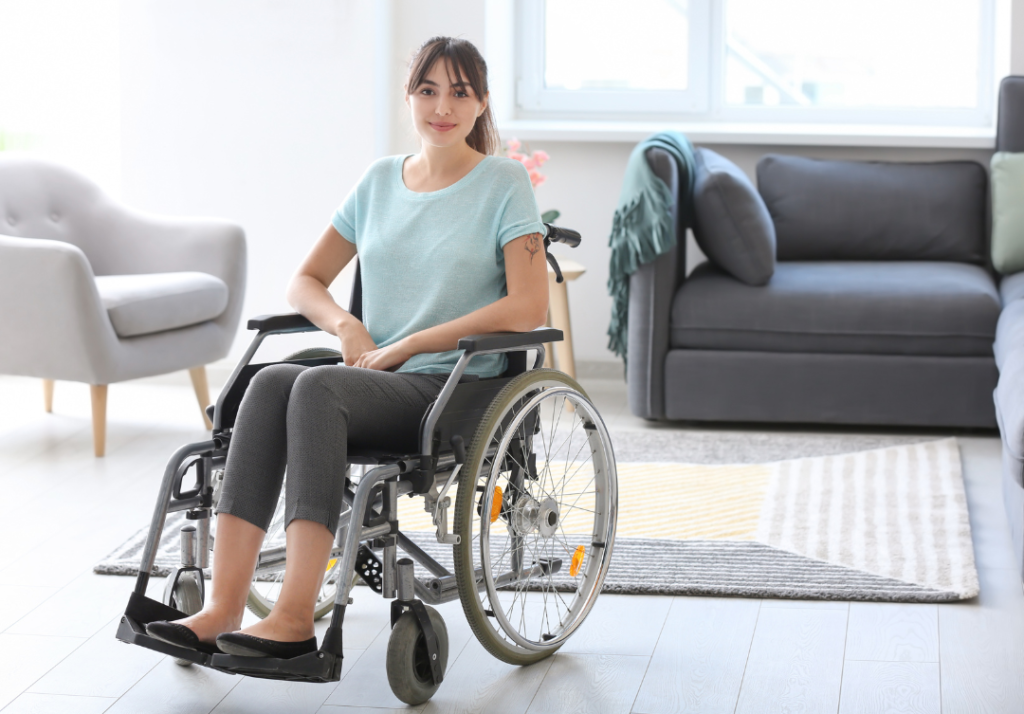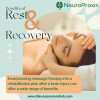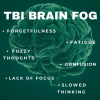Spinal cord injuries are among the most severe and life-changing injuries a person can experience, and they can happen to anyone at any time.
According to the World Health Organization, between 250,000 – 500,000 people suffer from a spinal cord injury worldwide each year.
Most spinal cord injuries are caused by road traffic crashes, falls or violence, and a significant proportion of traumatic spinal cord injuries are due to work or sports-related injuries.
Males are most at risk between ages 20-29 and older than 70, while females are most at risk between ages 15-19 and older than 60. Male-to-female ratios have been reported of at least 2:1 among adults, sometimes higher.
The most common consequence of a spinal cord injury is paralysis, which can range from partial paralysis to complete paralysis. The most severe spinal cord injury affects the systems that regulate bowel control and bladder control, breathing, heart rate and blood pressure.
The spinal cord is responsible for transmitting signals between the brain and the rest of the body, and when it is damaged, those signals may be interrupted or lost entirely. This can lead to paralysis, loss of sensation and other serious impairments, and in some cases, a spinal cord injury may even be fatal.
The spinal cord is roughly 18 inches long and includes 31 pairs of nerves and nerve roots. It is made up of four regions: cervical (8 pairs), thoracic (12 pairs), lumbar (5 pairs) and sacral (5 pairs), as well as the coccyx.
The cervical portion of the spinal cord is made up of eight pairs of spinal nerves labeled as C1-C8. C1 is the highest vertebra and C8 is the lowest in the cervical region. Although there are seven cervical vertebrae (C1-C7), there are eight cervical nerves. These nerves allow you to stimulate muscle movement in your neck, shoulder, arm and hand, as well as provide sensation.
The thoracic portion of the spinal cord is the middle section of your spine beginning with the base of your neck and ending at the bottom of your ribs. It is made up of 12 pairs of spinal nerves, or vertebrae, labeled as T1-T12. These nerves and muscles help control the rib cage, lungs, diaphragm and muscles that help you breathe. Patients with thoracic spinal cord injuries will likely be paraplegic with the use of their arms, chest and upper back
The lumbar portion of the spinal cord consists of five vertebrae in the lower back (below the thoracic), labeled as L1-L5, and are the largest vertebrae in the spine. These vertebrae provide stability for your back and spinal column and supports most of your bodies weight. The lumbar spine and the muscle and ligaments allow you to walk, sit, run and lift and move your body.
The sacral portion of the spinal cord, also known as the sacrum, is located right below the lumbar and above the coccyx, also known as the tailbone. The sacrum is triangular shaped and made up of five bones that are fused together. These are labeled as S1-S5. While the sacrum isn’t a part of the spinal cord, it is made up of nerve roots that exit the spine, and sacral nerve damage can actually present symptoms similar to that of a spinal cord injury.
Recovery from spinal cord injuries can be complex and challenging, and it could take years to recover. Spinal cord injured patients want to continue to live rich and independent lives—which is where Neuropraxis comes in.
Neuropraxis helps patients by offering therapies from the comfort of the participants own home. This innovative approach has numerous benefits for participants who often feel more relaxed and comfortable in their own environment. Home based therapies also can be incorporated into everyday lives, helping participants to carry over therapeutic gains into their daily lives.
Neuropraxis is at the forefront of providing patient-centered care, and its home-based approach is just one example of its commitment to meeting the needs of its participants.
For more information, contact Neuropraxis at (888) 266-8921 or hello@neuropraxisrehab.com, or visit neuropraxisrehab.com.
Resources:
www.spine-health.com
my.clevelandclinic.org
www.shepherd.org
www.spinalcord.com
www.who.int



